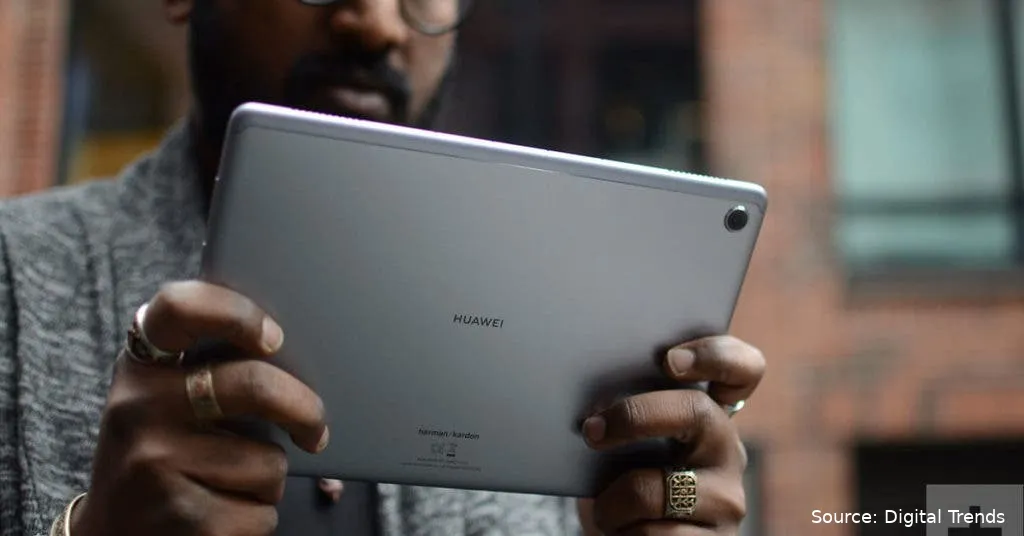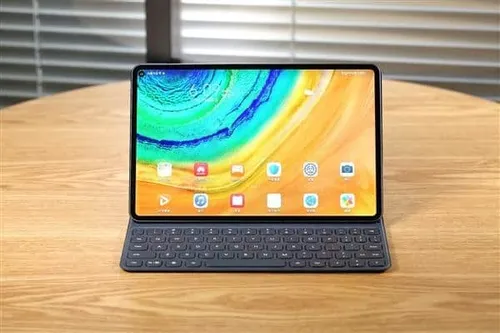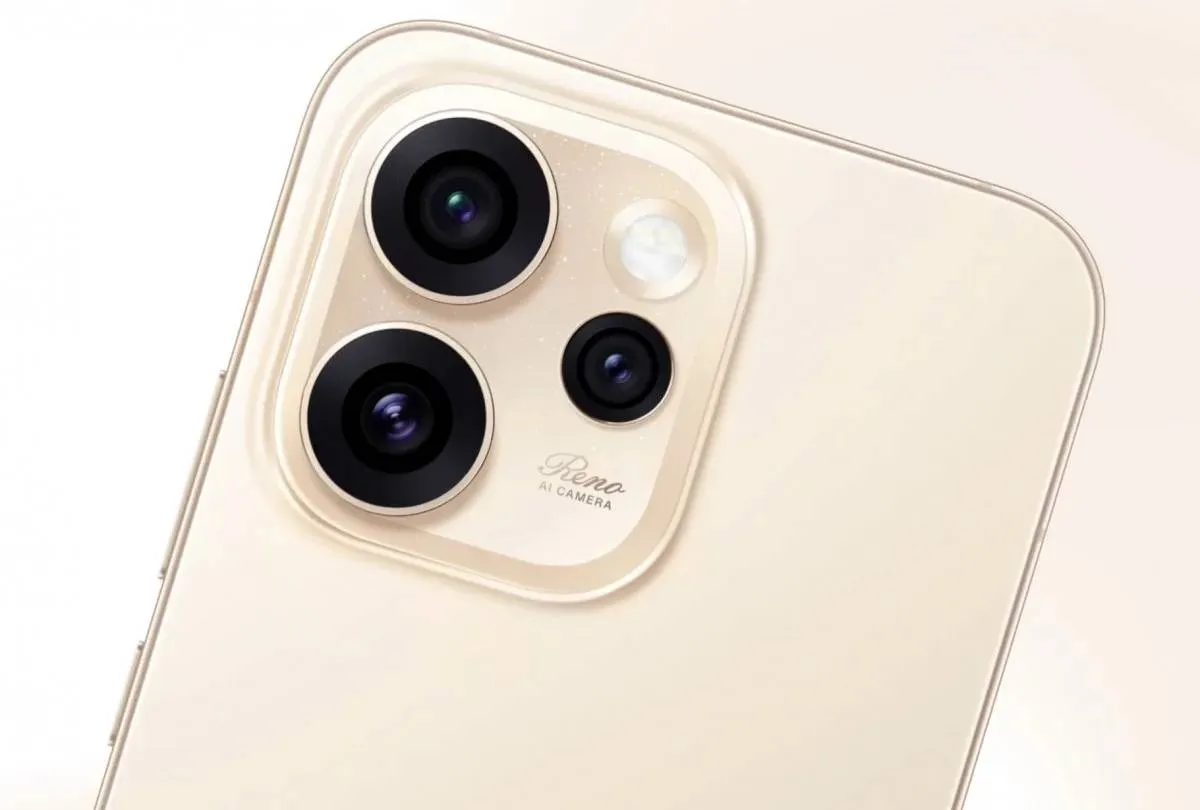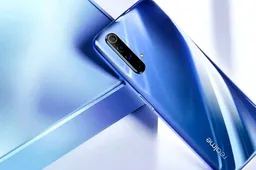Chinese government acknowledges the effect of graphene heat dissipation technology - mentions Huawei
HuaweiTuesday, 23 June 2020 at 13:21

Heat dissipation has become the key to determining the performance of smartphones, tablets, and other smart products. Many brands have strengthened the heat dissipation design this year. The Huawei MatePad Pro 5G tablet that was launched not long ago also uses graphene heat dissipation technology. Today, the Ministry of Industry and Information Technology also specifically mentioned Huawei's advantage.

According to the report "Graphene Thermal Control Materials Get Innovative Application in Huawei 5G Products" Huawei's use of this technology is commendable. Following the first application of graphene film in Huawei Mate 20X, the company recently released its first 5G tablet, Huawei MatePad Pro 5G, which uses an ultra-thick 3D Graphene heat dissipation technology. The total thickness reaches 400μm.
The Ministry of Industry and Information Technology said that this technology uses graphene as the raw material and uses highly oriented thermal conductive films stacked by multiple layers of graphene. It has the characteristics of good mechanical properties, high thermal conductivity, lightweight, thin materials, and good flexibility.
Graphene has some advantages over other materials
Graphene is a novel two-dimensional material. It consists of carbon atoms and sp2 hybrid orbitals to form a hexagonal flat film with a honeycomb lattice. The thickness is only one carbon atom. It is the thinnest but also the hardest nanomaterial in the world.
Graphene is difficult to prepare, but it is a promising high-tech material. This material is almost completely transparent and only absorbs 2.3% of light. The thermal conductivity is as high as 5300 W/m·K, which is higher than that of carbon nanotubes and diamond. Furthermore, its electron mobility exceeds 15000 cm2/V·s, which is higher than that of carbon nanotubes or silicon crystals. Looking at its resistivity, it is only about 10-6 Ω·cm. This is lower than that of copper or silver. It is the material with the smallest resistivity in the world.
Due to these characteristics, graphene shines in the fields of optics, heat dissipation, semiconductors, batteries, etc. It is worth mentioning that Huawei just recently invested in Changzhou Fuene Technology to further deploy graphene technology. The latter's existing products include graphene thermal conductive film, graphene thermal conductive sheet, graphene foam film, etc., used by Huawei and Honor mobile phones. The "Graphene Liquid Cooling" solution is the material provided by Fuene Technology. Huawei’s investment in Fuene Technology is to deploy graphene technology for heat dissipation management. This company is one of the top Chinese companies in graphene technology.
Popular News
Latest News
Loading


